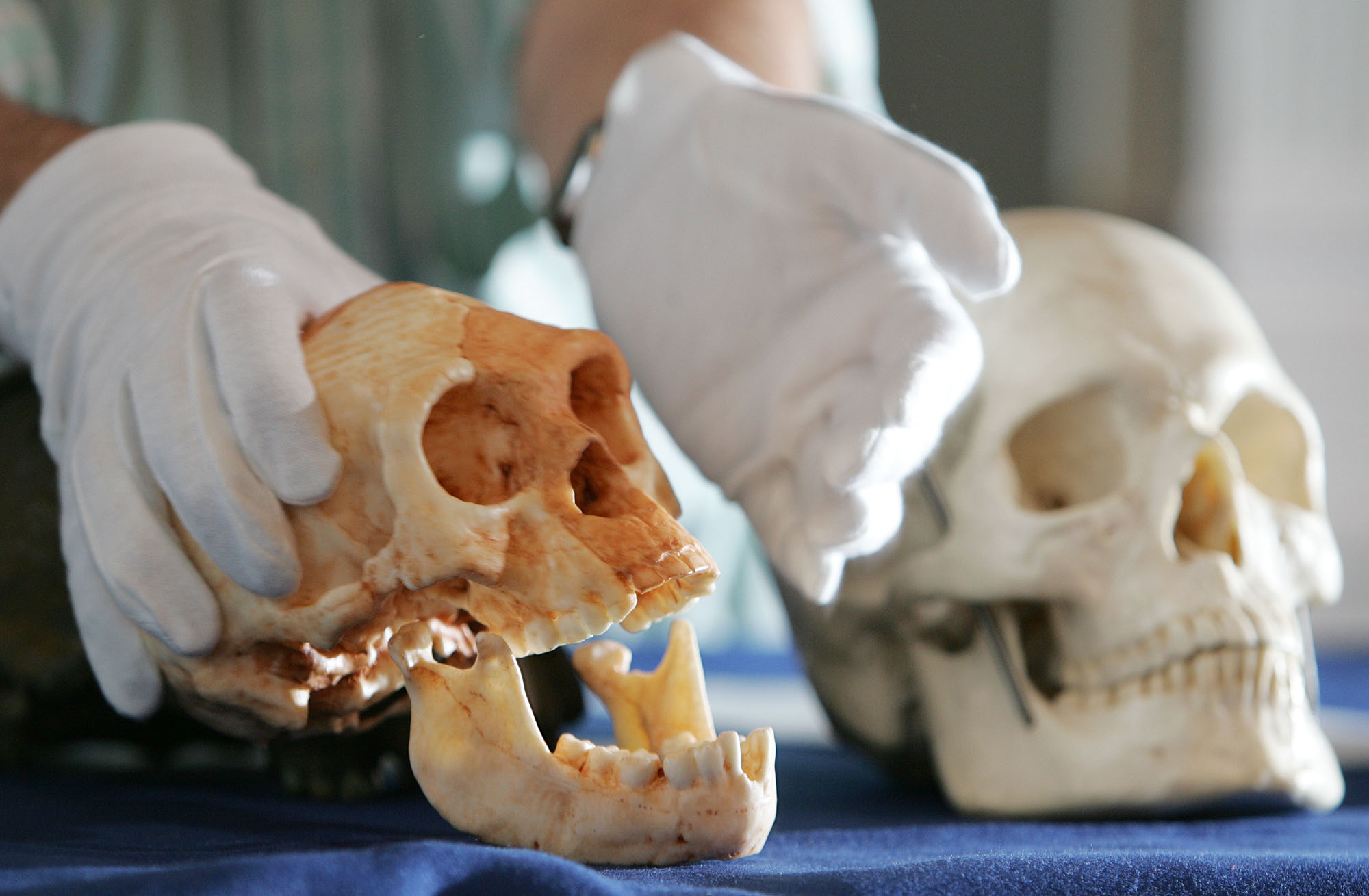Archaeologists discover a secret dwelling where ancient 'hobbits' may once have lived

Archaeologists may very well have discovered a hole in the ground where a real-life hobbit once lived. Further excavation of the Liang Bua rock shelter on the Indonesian Flores island, where the one-meter-tall human H. floresiensis was uncovered a decade ago, has revealed a previously hidden chamber. The room sports a "front" entrance that, according to the team's work, may have been in use for much of the last 200,000 years. This, archaeologists suspect, may hold important new evidence about the "hobbits."
Archaeologists first discovered H. floresiensis in 2003, when they unearthed the remains of an early human standing about a meter tall and dating back to as recently as 18,000 years ago — which, New Scientist notes, is "long after other early human species, including the Neanderthals, had disappeared." The group of diminutive humans is believed to have lived on the tropical island alongside "dwarf elephants and giant lizards."
The discovery sparked quite a stir, but researchers are still torn about whether it revealed a new species or just a particularly small group of Homo Sapiens. More evidence, which the alluring new chamber might hold, could settle the debate once and for all.
The Week
Escape your echo chamber. Get the facts behind the news, plus analysis from multiple perspectives.

Sign up for The Week's Free Newsletters
From our morning news briefing to a weekly Good News Newsletter, get the best of The Week delivered directly to your inbox.
From our morning news briefing to a weekly Good News Newsletter, get the best of The Week delivered directly to your inbox.
So far in the new room, archaeologists have only uncovered animal bones and stone tools that appear to be "a few centuries or millennia old, probably left there by modern humans," New Scientist reports. But what archaeologists are really hoping to find — and which they believe may be buried down lower in the sediment — are more H. floresiensis remains.
A free daily email with the biggest news stories of the day – and the best features from TheWeek.com
-
 Political cartoons for January 4
Political cartoons for January 4Cartoons Sunday's political cartoons include a resolution to learn a new language, and new names in Hades and on battleships
-
 The ultimate films of 2025 by genre
The ultimate films of 2025 by genreThe Week Recommends From comedies to thrillers, documentaries to animations, 2025 featured some unforgettable film moments
-
 Political cartoons for January 3
Political cartoons for January 3Cartoons Saturday's political cartoons include citizen journalists, self-reflective AI, and Donald Trump's transparency
-
 Nobody seems surprised Wagner's Prigozhin died under suspicious circumstances
Nobody seems surprised Wagner's Prigozhin died under suspicious circumstancesSpeed Read
-
 Western mountain climbers allegedly left Pakistani porter to die on K2
Western mountain climbers allegedly left Pakistani porter to die on K2Speed Read
-
 'Circular saw blades' divide controversial Rio Grande buoys installed by Texas governor
'Circular saw blades' divide controversial Rio Grande buoys installed by Texas governorSpeed Read
-
 Los Angeles city workers stage 1-day walkout over labor conditions
Los Angeles city workers stage 1-day walkout over labor conditionsSpeed Read
-
 Mega Millions jackpot climbs to an estimated $1.55 billion
Mega Millions jackpot climbs to an estimated $1.55 billionSpeed Read
-
 Bangladesh dealing with worst dengue fever outbreak on record
Bangladesh dealing with worst dengue fever outbreak on recordSpeed Read
-
 Glacial outburst flooding in Juneau destroys homes
Glacial outburst flooding in Juneau destroys homesSpeed Read
-
 Scotland seeking 'monster hunters' to search for fabled Loch Ness creature
Scotland seeking 'monster hunters' to search for fabled Loch Ness creatureSpeed Read